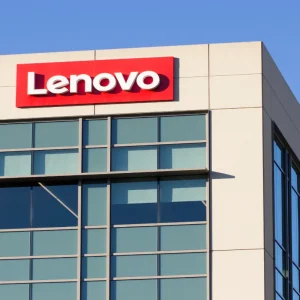
Wi-Fi security today got its first substantial protocol upgrade in over a decade, with the Wi-Fi Alliance starting to certify routers and other products as WPA3-ready.
Current protocol WPA2 has been in use since 2004.
Among the major new features of WPA3 is protection against offline, brute force password guessing attacks. The protocol now uses Simultaneous Authentication of Equals (SAE), a secure key establishment protocol between devices, to provide stronger protection. Roll out will be gradual. Customers may need a new router.
It comes as the next generation of Wi-Fi itself — 802.11ax — is also expected to hit mass adoption in late 2019. Ax will be anywhere from four times to ten times faster than existing Wi-Fi. As it reaches widespread use, WPA3 will become a requirement for a device to be considered Wi-Fi certified, the Alliance said.
What’s New with WPA3?
WPA3-Personal focuses around creating more “resilient, password-based authentication” when users create passwords that fall short of complexity recommendations.
WPA3-Enterprise on the other hand, offers “192-bit cryptographic strength”, providing additional network protection for government and finance that transmit sensitive data.
Edgar Figueroa, President and CEO, Wi-Fi Alliance said: “WPA3 takes the lead in providing the industry’s strongest protections in the ever-changing security landscape,
“WPA3 continues the evolution of Wi-Fi security and maintains the brand promise of Wi-Fi Protected Access.”
Those wanting to adopt the protocol may need a new router. Asos is among those gearing up for 802.11ax, this month revealing a complete line-up of ultra high speed routers.
Huawei Wireless CTO Dr Wen Tong was among those welcoming the new protocol. He said: “WPA3 is another milestone for the Wi-Fi industry, the extreme high throughput and enhanced security delivered by Wi-Fi will provide an excellent end-user experience in both consumer and enterprise markets. We are pleased to see Wi-Fi to continue to enable the digital transformation in many sectors and businesses.” –






